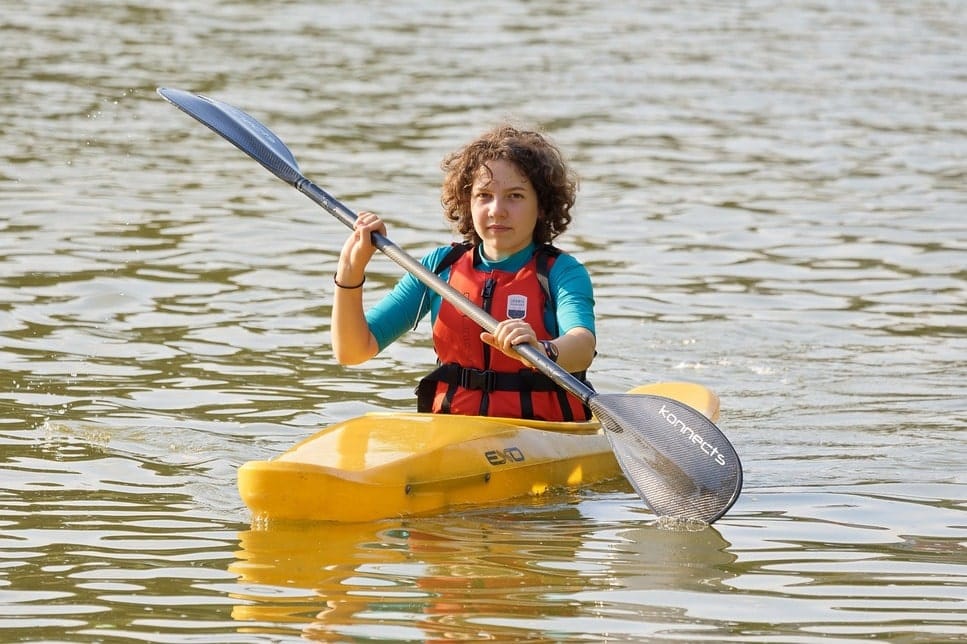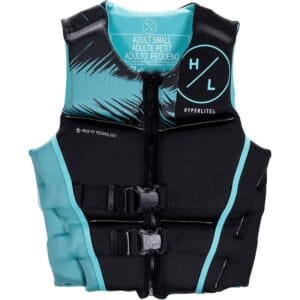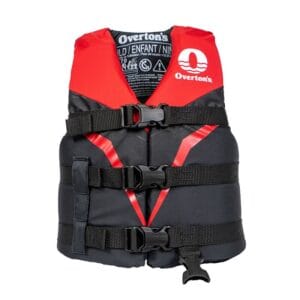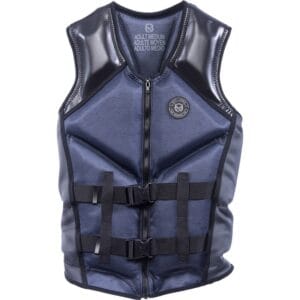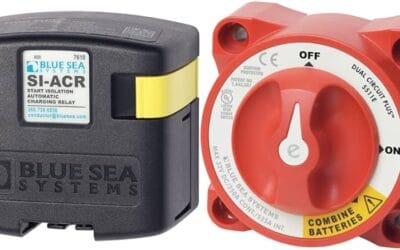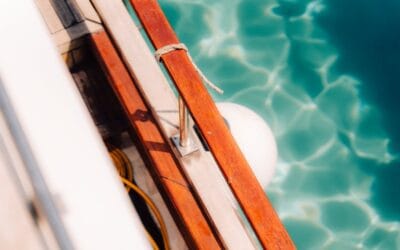Boating has long been a cherished pastime, offering adventure, tranquility, and connection to nature. Whether you’re gliding over calm lakes, fishing offshore, or powering through waves on a jet ski, there’s an undeniable thrill to being on the water. Yet, despite the joy boating brings, it carries inherent risks. Among the most critical safety measures – one that could spell the difference between life and death – is wearing a life jacket.
Every year, the U.S. Coast Guard releases sobering statistics about boating fatalities. In their most recent report, 84% of drowning victims were not wearing life jackets. This underscores a simple yet often ignored fact: life jackets save lives. While many boaters assume they’ll never need one or believe they’re strong enough swimmers to survive a mishap, reality can strike quickly and unexpectedly.
A sudden storm, an unanticipated capsize, or even fatigue can turn a leisurely day into an emergency. The water doesn’t discriminate – whether you’re experienced or a novice, having the right life jacket could be your best defense.
Understanding Life Jackets – More Than Just Flotation Devices
Life jackets, officially known as Personal Flotation Devices (PFDs), are not all created equal. Each type is designed with a specific use in mind, ranging from offshore rescues to inland watersports. Understanding the differences is crucial to ensuring you and your loved ones are adequately protected during various boating activities.
The U.S. Coast Guard classifies life jackets into five distinct categories: Type I life jacket, Type II, Type III, Type IV, and Type V. Each has varying buoyancy levels, fit, and intended use. Selecting the right type isn’t just a matter of compliance – it’s about aligning the life jacket to the environment and nature of the activity.
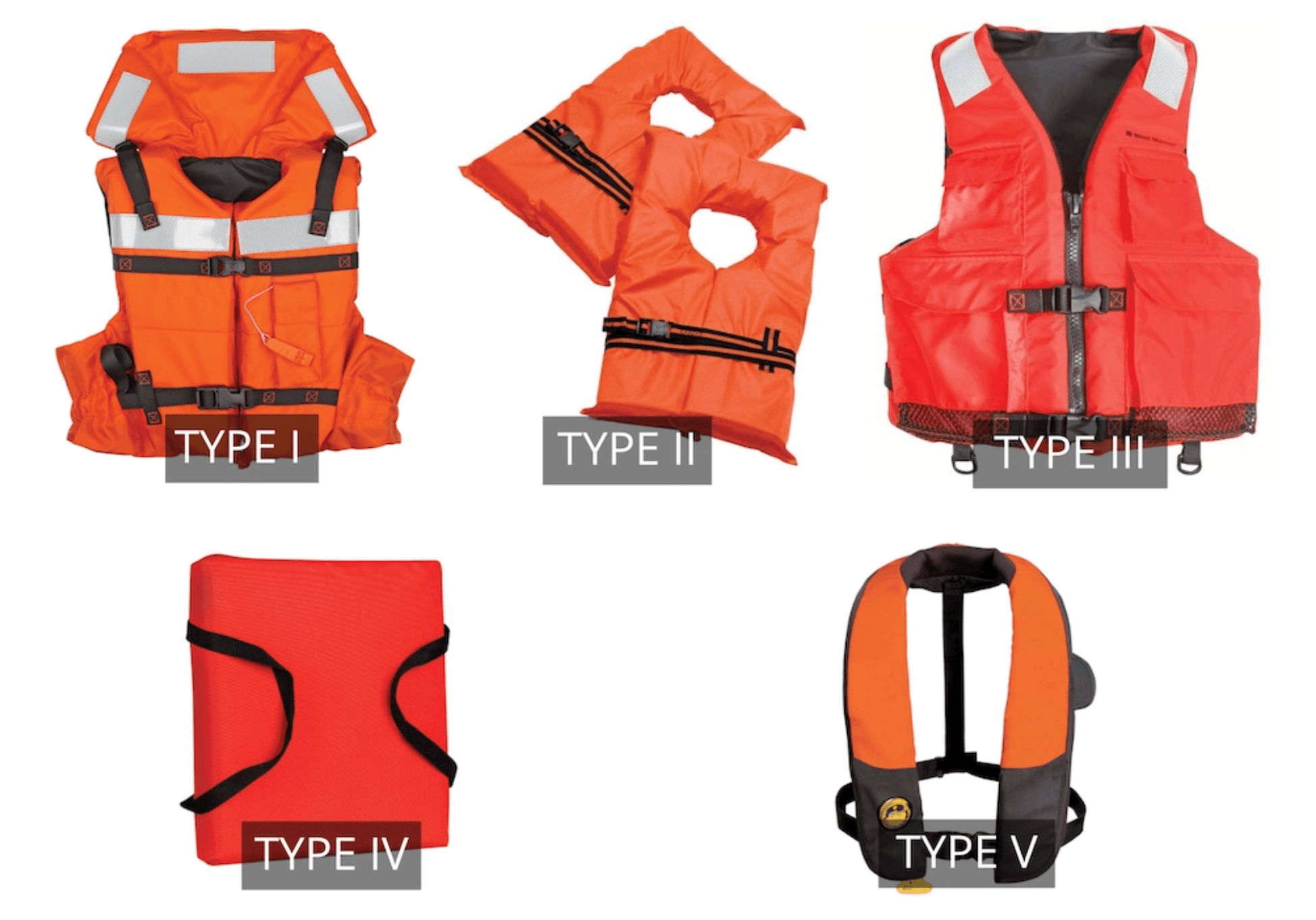
Here’s a detailed comparison table that breaks down the key features, uses, and buoyancy of the different types of life jackets:
| Life Jacket Type | Intended Use | Buoyancy (Adults) | Buoyancy (Children) | Best For | Drawbacks |
|---|---|---|---|---|---|
| Type I | Offshore, rough water, remote areas | 22 lbs | 11 lbs | Offshore fishing, cruising, open water sailing | Bulky, uncomfortable for prolonged wear |
| Type II | Nearshore, calm inland water, protected areas | 15.5 lbs | 11 lbs | Inland boating, day cruises, fishing near the shore | Less effective in rough waters |
| Inflatable Type II | Inland, nearshore, active boating | 34 lbs (inflated) | N/A | Nearshore cruises, watersports | Requires manual inflation, not for children under 16 |
| Type III | Inland water, watersports, kayaking, canoeing | 15.5 lbs | 11 lbs | Kayaking, sailing, jet skiing, water skiing | Not suitable for rough waters or unconscious wearers |
| Inflatable Type III | Watersports, active inland boating | 22.5 lbs (inflated) | N/A | Paddleboarding, jet skiing, inshore fishing | Manual inflation required, not for weak swimmers |
| Type IV | Emergency throwable flotation | 16.5 – 18 lbs | N/A | Ring buoys, cushions, horseshoe buoys | Not wearable, not suitable for non-swimmers |
| Type V | Specialized use (kayaking, rafting, windsurfing) | 15.5 – 22 lbs | N/A | Whitewater rafting, windsurfing, kayaking | Must be worn at all times to meet USCG requirements |
| Inflatable Type V | Specialized inflatable PFD for advanced boating | Up to 34 lbs (inflated) | N/A | Paddleboarding, specialized watersports | Must be worn at all times, not suitable for weak swimmers |
Type I Life Jacket – The Offshore Guardian
If you’ve ever wondered what life jacket to grab when venturing into deep, rough waters, the Type I life jacket is the answer. Known for its superior buoyancy and robust design, this jacket is the gold standard for offshore use.
A Type I PFD provides at least 22 pounds of buoyancy for adults and 11 pounds for children, ensuring wearers stay afloat even in turbulent seas. Its most vital feature is the ability to turn unconscious individuals face-up in the water, preventing drowning in situations where rescuers may not arrive immediately.
While it may seem like the perfect option, Type I life jackets aren’t without drawbacks. They tend to be bulky, making movement cumbersome, and can become uncomfortable during prolonged wear. However, when facing offshore conditions, comfort takes a back seat to survival.
Type 2 Life Jacket – The Nearshore Companion
For those who stick closer to the coast or enjoy day trips on calm, inland waters, the Type 2 life jacket offers a practical balance of comfort and safety. It’s less buoyant than its offshore counterpart, providing 15.5 pounds of buoyancy for adults.
The Type II life jacket can also turn some unconscious wearers face-up, although not as consistently as the Type I. This makes it ideal for protected waters where rescue is likely to arrive quickly.
A distinguishing factor is its affordability and comfort. Type II jackets are lightweight, making them easier to wear during casual boating trips, fishing excursions, and day cruises. However, they fall short in rough waters.
Type 3 Life Jacket – Designed for Active Watersports
When comfort and freedom of movement are priorities, Type 3 life jackets stand out. These jackets are popular among kayakers, canoers, and water skiers, providing 15.5 pounds of buoyancy without restricting motion.
Unlike the previous types, Type III life jackets do not turn unconscious wearers face-up. They are best suited for calm, inland waters where the chances of falling overboard are lower and help is close by.
Type 4 – A Simple Yet Essential Throwable Device
While Types I through III are worn, the Type 4 device plays a different role. Designed to be thrown to a person in distress, this category includes ring buoys, cushions, and horseshoe buoys.
Type IV PFDs provide 16.5 to 18 pounds of buoyancy and are invaluable in emergencies. However, they are not substitutes for wearable life jackets and are ineffective for unconscious individuals or non-swimmers.
Type 5 – Special Use Jackets for Unique Situations
Type 5 life jackets are versatile, tailored for specific activities like kayaking, windsurfing, or whitewater rafting. These jackets vary in buoyancy, typically offering 15.5 to 22 pounds.
Some inflatable Type V jackets can reach 34 pounds of buoyancy, providing performance akin to Type I or II vests. However, they must be worn at all times to meet safety regulations.
For more details, visit the official U.S. Coast Guard’s PFD Guide: USCG PFD Guide.
Key Insights:
- Type I life jackets are the safest but least comfortable, making them ideal for offshore or rough water use.
- Type II life jackets offer a middle ground and are suitable for inland and nearshore activities.
- Type III jackets provide freedom of movement and are best for active water sports but are less effective for unconscious wearers.
- Type IV devices are essential backups but should always be used alongside wearable life jackets.
- Type V jackets cater to specific activities and often need to be worn at all times to comply with regulations.
Tips for Choosing the Right Life Jacket
- Consider the Activity – Match the life jacket type to your specific boating activity and environment.
- Prioritize Fit and Comfort – A life jacket that fits snugly but comfortably is more likely to be worn consistently.
- Check for USCG Approval – Always verify that the life jacket meets USCG safety standards.
- Regular Maintenance – Inspect life jackets for wear and tear and replace damaged ones immediately.
By understanding the distinctions between life jacket types and prioritizing safety, you ensure that every boating trip is not only enjoyable but also secure. Boating is about adventure – but it’s also about returning home safely.
So, next time you set sail, make sure everyone on board is equipped with the right life jacket. Adventure awaits, but safety must always lead the way.
